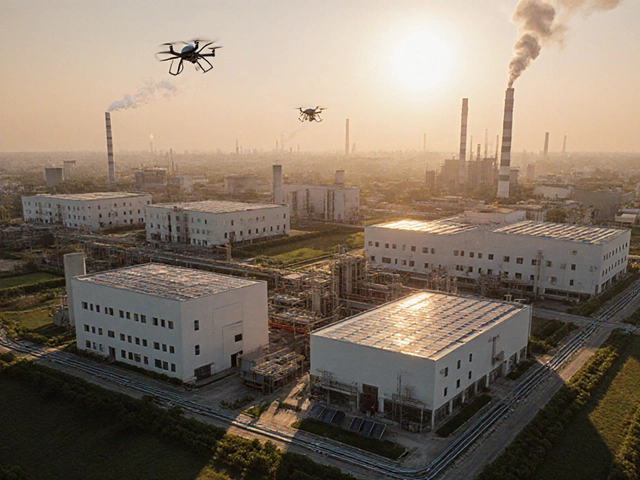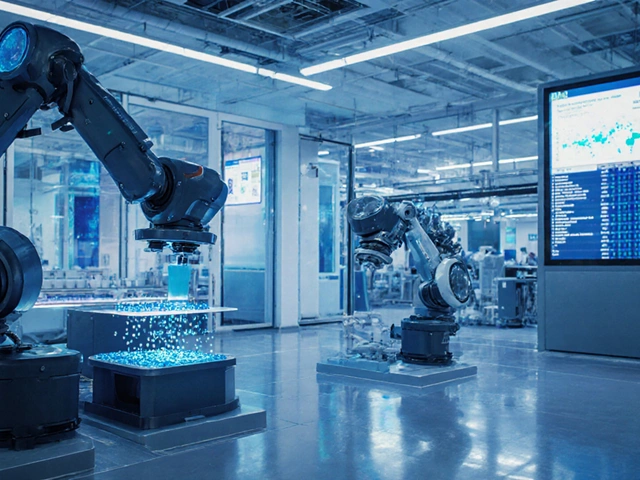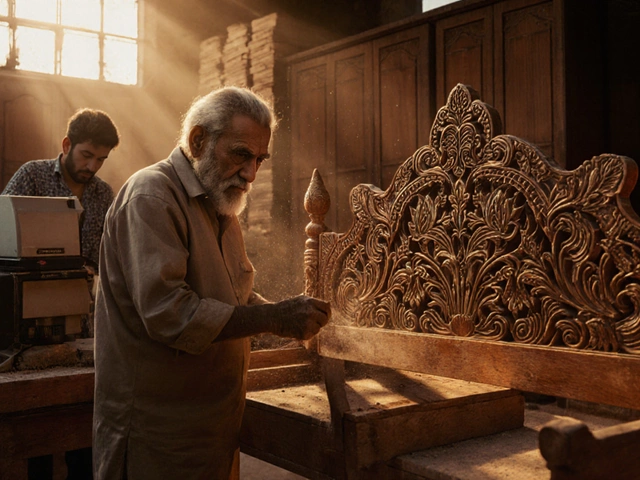U.S. Steel Industry History
When studying U.S. steel industry history, the chronological development of America’s steel sector from the 19th century to today. Also known as American steel evolution, it shows how raw iron turned into the backbone of modern infrastructure.
The steel industry, a network of mines, mills, and fabricators that produce alloyed iron. It’s sometimes called the steel sector, and it fuels everything from skyscrapers to cars. Understanding its growth helps explain why the U.S. once led global manufacturing.
One game‑changing concept was mass production, the method of manufacturing large quantities of standardized products. Also known as assembly line manufacturing, it allowed steel plants to crank out tons of material daily, lowering costs and shaping the nation’s economic landscape.
The roots of these advances trace back to the industrial revolution, the period of rapid mechanization that began in the late 1700s. Often called the manufacturing boom, it introduced steam power and new furnace designs that made large‑scale steelmaking possible in America.
These entities interlock: the industrial revolution introduced new technologies, which enabled mass production, which in turn powered the steel industry’s expansion. The result was a spike in the United States’ overall manufacturing rank, pushing the country to the top of global production tables.
Below you’ll find a curated collection of articles that dive deeper into manufacturing costs, factory systems, and the broader economic advantages that stemmed from this steel legacy. From cost‑comparison guides between India and China to the story behind the “King of Steel,” each piece adds a layer to the big picture. Keep reading to see how past innovations still shape today’s industrial decisions.
Pittsburgh: The Steel Capital of the United States (And Why It Matters)
Pittsburgh, Pennsylvania is the steel capital of the United States due to its dominance in steel production from the 1870s to 1980s. The city produced 67% of America's steel at its peak, thanks to its access to coal, rivers, and innovators like Andrew Carnegie. Though mills closed in the 1980s, Pittsburgh's legacy as the steel capital endures through its cultural identity and ongoing steel industry presence.
Read More




